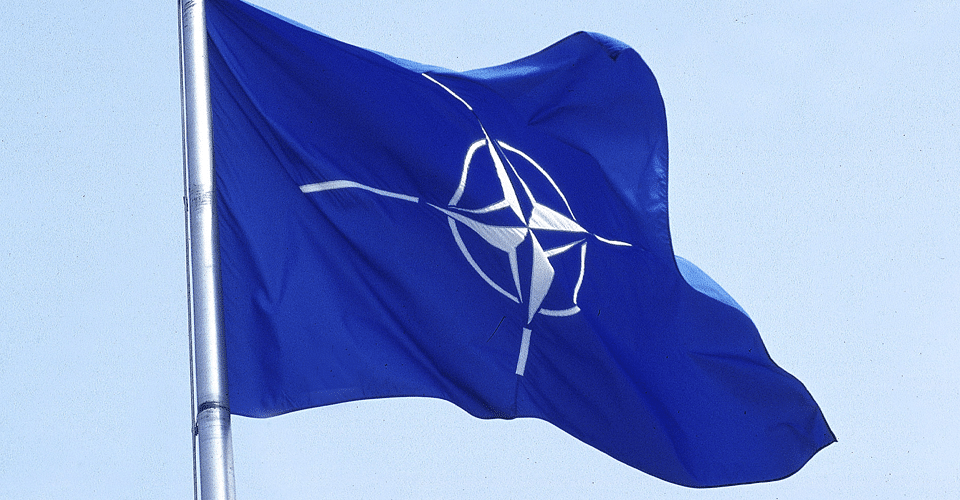
Чаще всего повреждения происходят в следствии удара предметом превышающего размеры пяти сантиметров. Изолированные повреждения наблюдаются редко, по этому они сочетанные. Факторами воздействия являются: разможение и нарушения целостности тканей, сосудов; повышением внутриорбитального давления, для измериния которого у детей проводят детскую диагностику глаз и декомпрессии структур.
Травма век.
Для них характерно излияние крови и разрывы. Важное значение для диагностики имеет время возникновения гематомы. Образование ее спустя пару часов говорит что проходит кровь из глазничной гематомы в веко. После суток или более — вероятное свидетельствование нарушения целостности основания черепа. Для этого характерно появление очкового симптома — возникновение кругов в области глазницы с обеих сторон.
Помимо всего, иногда может развиться подкожная эмфизема. Определить ее можно с помощью специфического похрустывания при пальпации (симптом крепитации). Это говорит о прохождении кислорода от пазух носа через поврежденные кости орбиты в толщу века.
Назначают рентген орбиты при формировании эмфиземы, для определения повреждений, так как это чревато инфицированием внутри черепа и возможными осложнениями (менингит, энцефалит).
Птоз (опущение века) возникает при сильных травмах мышцы поднимающей веко или иннервирующего нерва (глазодвигательного нерва).
Терапия.
При гематоме века накладывают лед в ее область, спустя сутки сухое тепло (УВЧ, кварц).
Птоз лечится с помощью электро процедур и массажа. Хирургическое вмешательство проводят после 6 месяцев, до этого срока птоз должен регрессировать.
Повреждения органов слезообразования и их протоков.
Слезная железа локализуется у внешнего угла глаза. При ее поражении развивается смещение или дакриоаденит. Характерными симптомами для этой патологии являются: отек внешней части верхнего века; болевыми ощущениями в этой области; увеличенный секрет слез и их выделение.
Протоки железы расположены во внутренней части века. Повреждения проводят к их разрывам, смещениям слезной точки и слезного мешка. Последствием чего будет непрерывное слезотечение.
Лечение.
При дакриоадените прописывают покой и теплые примочки в область поражения. При инфекционной инвазии используют специфическое лечение.
Разрывы протоков следует немедленным образом сшить, во избежания формирования рубцов и постоянного слезотечения.
Конъюнктивальные нарушения.
Поражающее действие приводит к субконъюнктивальному кровоизлиянию, отечности. Исчезают сами за несколько суток, большие — длительнее. Иногда происходят разрывы конъюнктивы. Если расхождение краев до 5 мм, он заживает сам. Большие разрывы следует ушивать.
Лечебные мероприятия.
Назначают дезинфицирующие капли, 3 раза в день закапывать под нижнее веко.
Оперативное вмешательство состоит из наложения швов моноволокном, которые снимают спустя шесть дней.
Повреждение орбиты глаз.
Деформации подлежат все стенки глазницы и канал зрительного нерва. Внутренней стенке и дну орбиты отдают роль самых слабых мест из-за малой толщины стенок. Чаще всего происходят переломы именно этих образований.
Травмы провоцируют нарушение зрения, двигательных функций глаза с образованием косметических дефектов на лице. При осложнениях поражаются другие органы или весь организм (сепсис).
Для самостоятельной диагностики можно использовать симптомы:
Гематома, сочетана с кожным и конъюнктивальным отеком;
Эмфизема (накопление воздуха под кожей);
Офтальмоплегия (ограниченное движение глаз);
Диплопия (двоение в глазах);
Дислокация глазного яблока. При массивном кровоизлиянии или костном смещении возникает экзофтальм (смещение глаза кнаружи). Энофтальм — последствие вдавления костных обломков внутрь черепа.
Нарушение ощущений (от века до нижней губы), из-за воздействия на нерв.
Общая симптоматика: брадикардия (замедление сердцебиения); рвота с тошнотой, в результате раздражительных процессов на оболочки мозга по ходу зрительного нерва.
К осложнениям относят занос инфекции с последующим нагноением, развитием флегмоны, менингита, абсцессом мозга и сепсиса, разрывы мышечного аппарата глаза.
Особо опасны переломы стенок канала зрительного нерва, на что указывают тяжелые нарушения зрения.
При наличии таких симптомов и видимых повреждений следует срочно обратиться за помощью в медицинское учреждение.
Запрещены любые самостоятельные воздействия и манипуляции. Попытки сместить глаз, потрогать или что-то вытащить. Это может привести к ухудшению состояния и общей картины.
При сильном кровотечении стоит приложить к поврежденному участку чистый платок или другую ткань, давить запрещено.
Точная диагностика и лечение проводится только опытными врачом офтальмологом и хирургом.
Диагностику проводят с помощью компьютерной томографии, МРТ, эхографии или рентгенографии орбиты.
Лечение.
Только хирургическое. Удаляют костные осколки, поврежденные кости с дальнейшей заменой их на имплантаты.
Несвоевременное обращение в медицинское учреждение усложняет лечения и восстановления больного, по причине развития осложнений.


 4294
4294












